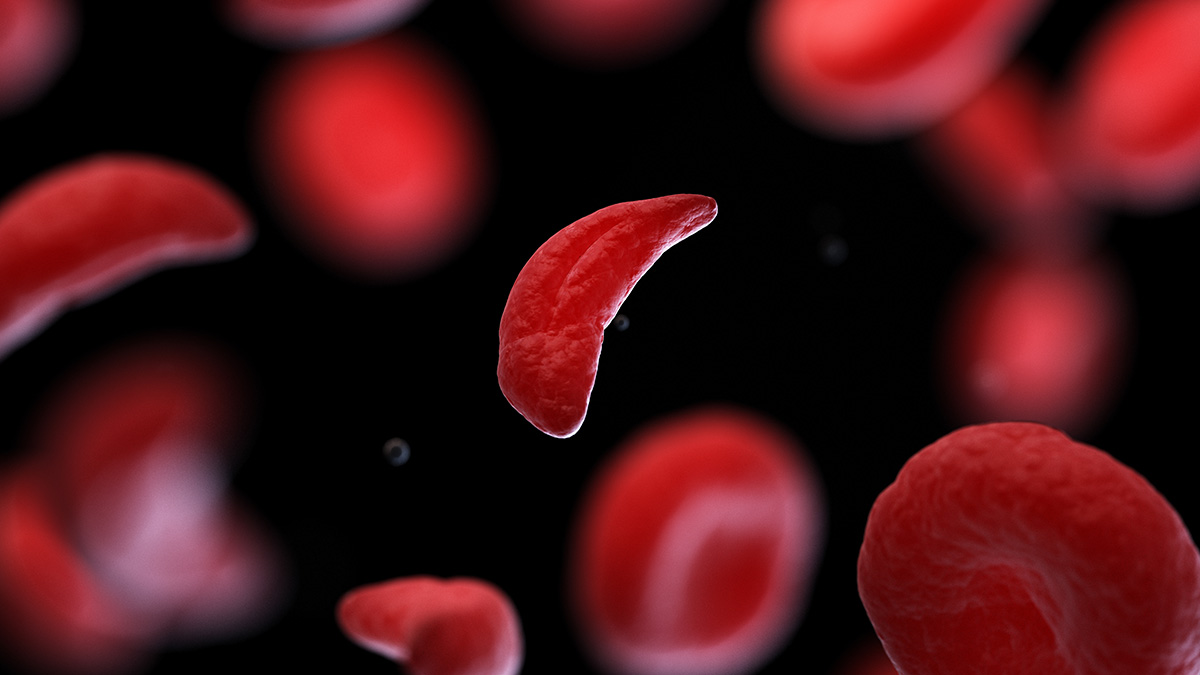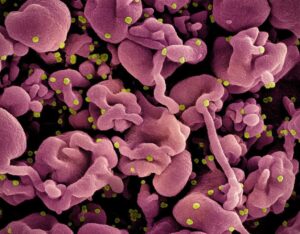Women may realize health benefits of regular exercise more than men
An NIH-supported observational study finds that even when women and men get the same amount of physical activity, the risk of premature death is lower for women.
Women who exercise regularly have a significantly lower risk of an early death or fatal cardiovascular event than men who exercise regularly, even when women put in less effort, according to a National Institutes of Health-supported study. The findings, published in the Journal of the American College of Cardiology, are based on a prospective analysis of data from more than 400,000 U.S. adults ages 27-61 which showed that over two decades, women were 24% less likely than those who do not exercise to experience death from any cause, while men were 15% less likely. Women also had a 36% reduced risk for a fatal heart attack, stroke, or other cardiovascular event, while men had a 14% reduced risk.
“We hope this study will help everyone, especially women, understand they are poised to gain tremendous benefits from exercise,” said Susan Cheng, M.D., a cardiologist and the Erika J. Glazer Chair in Women’s Cardiovascular Health and Population Science in the Smidt Heart Institute at Cedars-Sinai, Los Angeles. “It is an incredibly powerful way to live healthier and longer. Women on average tend to exercise less than men and hopefully these findings inspire more women to add extra movement to their lives.”
The researchers found a link between women experiencing greater reduced risks for death compared to men among all types of exercise. This included moderate aerobic activity, such as brisk walking; vigorous exercise, such as taking a spinning class or jumping rope; and strength training, which could include body-weight exercises.
Scientists found that for moderate aerobic physical activity, the reduced risk for death plateaued for both men and women at 300 minutes, or five hours, per week. At this level of activity, women and men reduced their risk of premature death by 24% and 18% respectively. Similar trends were seen with 110 minutes of weekly vigorous aerobic exercise, which correlated with a 24% reduced risk of death for women and a 19% reduced risk for men.
Women also achieved the same benefits as men but in shorter amounts of time. For moderate aerobic exercise, they met the 18% reduced risk mark in half the time needed for men: 140 minutes, or under 2.5 hours, per week, compared to 300 minutes for men. With vigorous aerobic exercise, women met the 19% reduced risk mark with just 57 minutes a week, compared to 110 minutes needed by men.
This benefit applied to weekly strength training exercises, too. Women and men who participated in strength-based exercises had a 19% and 11% reduced risk for death, respectively, compared to those who did not participate in these exercises. Women who did strength training saw an even greater reduced risk of cardiovascular-related deaths – a 30% reduced risk, compared to 11% for men.
For all the health benefits of exercise for both groups, however, only 33% of women and 43% of men in the study met the standard for weekly aerobic exercise, while 20% of women and 28% of men completed a weekly strength training session.
“Even a limited amount of regular exercise can provide a major benefit, and it turns out this is especially true for women,” said Cheng. “Taking some regular time out for exercise, even if it’s just 20-30 minutes of vigorous exercise a few times each week, can offer a lot more gain than they may realize.”
“This study emphasizes that there is no singular approach for exercise,” said Eric J. Shiroma, Sc.D., a program director in the Clinical Applications and Prevention branch at the National Heart, Lung, and Blood Institute (NHLBI). “A person’s physical activity needs and goals may change based on their age, health status, and schedule – but the value of any type of exercise is irrefutable.”
The authors said multiple factors, including variations in anatomy and physiology, may account for the differences in outcomes between the sexes. For example, men often have increased lung capacity, larger hearts, more lean-body mass, and a greater proportion of fast-twitch muscle fibers compared to women. As a result, women may use added respiratory, metabolic, and strength demands to conduct the same movement and in turn reap greater health rewards.
The Physical Activity Guidelines for Americans recommend adults get at least 2.5-5 hours of moderate-intensity exercise or 1.25-2.5 hours of vigorous exercise each week, or a combination of both, and participate in two or more days a week of strength-based activities.
The research was partially supported by NHLBI grants K23HL153888, R21HL156132, R01HL142983, R01HL151828, R01HL131532, and R01HL143227.
About the National Heart, Lung, and Blood Institute (NHLBI): NHLBI is the global leader in conducting and supporting research in heart, lung, and blood diseases and sleep disorders that advances scientific knowledge, improves public health, and saves lives. For more information, visit https://www.nhlbi.nih.gov.
About the National Institutes of Health (NIH):
NIH, the nation’s medical research agency, includes 27 Institutes and Centers and is a component of the U.S. Department of Health and Human Services. NIH is the primary federal agency conducting and supporting basic, clinical, and translational medical research, and is investigating the causes, treatments, and cures for both common and rare diseases. For more information about NIH and its programs, visit www.nih.gov.
NIH…Turning Discovery Into Health®
Study
Ji H, Gulati M, Huang TY, et al. Sex differences in association of physical activity with all-cause and cardiovascular mortality. J Am Coll Cardiol. 2024; doi: 10.1016/j.jacc.2023.12.019.













Post Comment